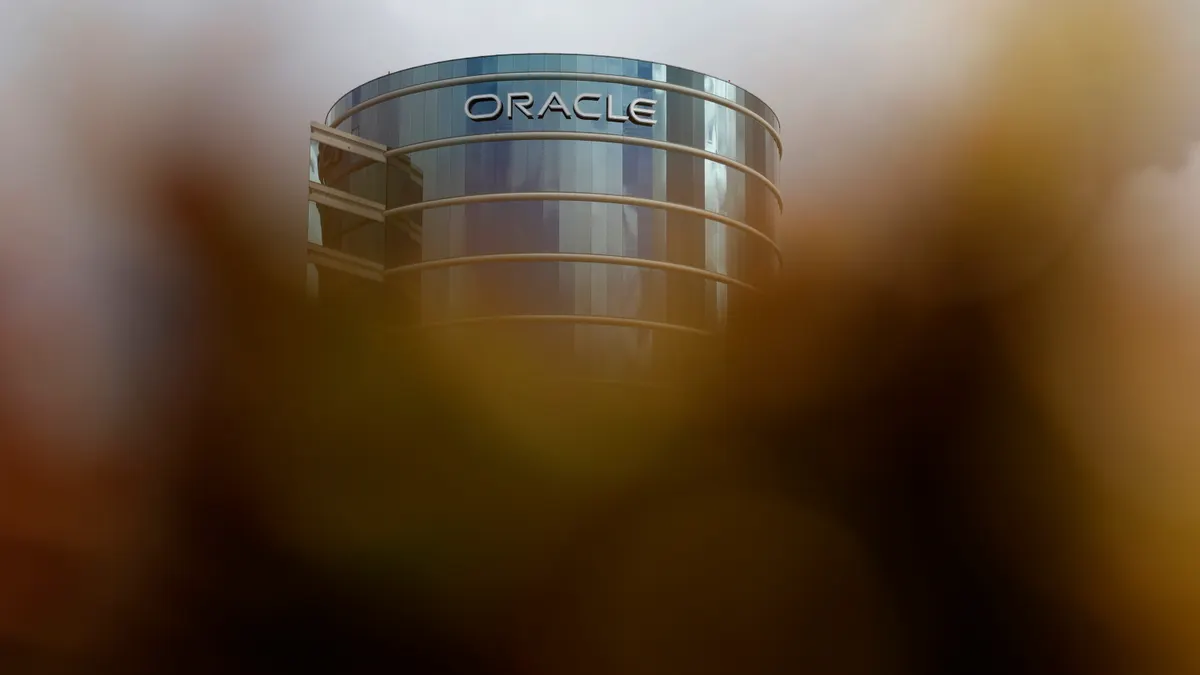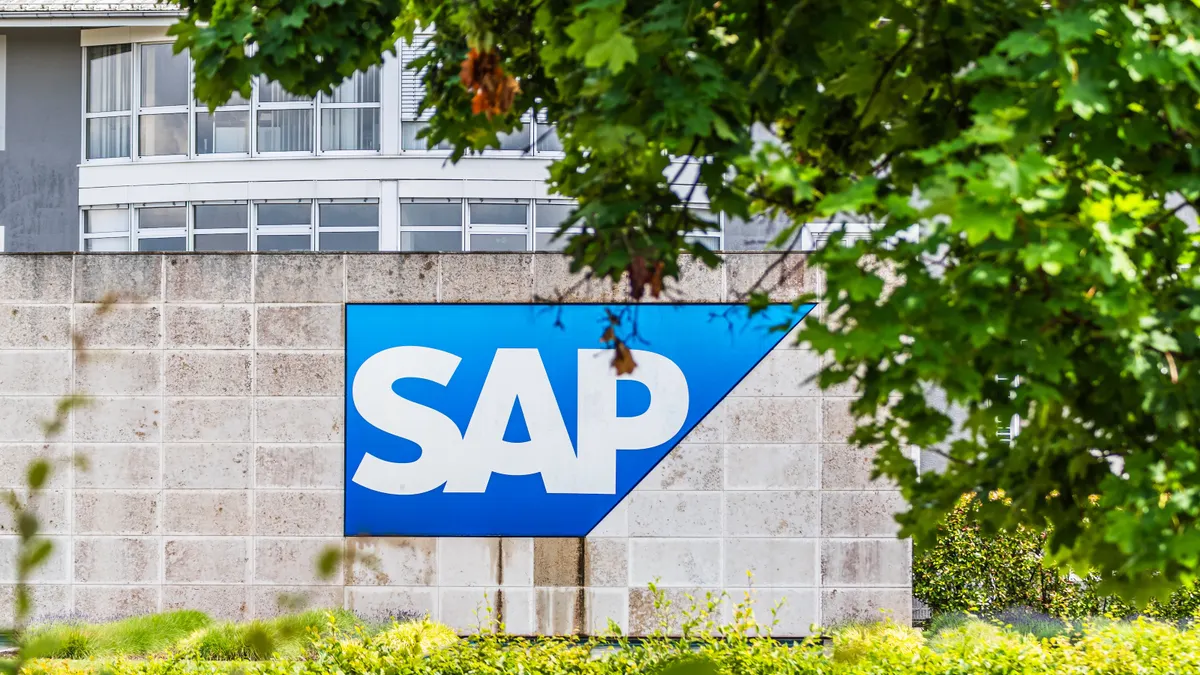Editor's note: IBM closed its acquisition of Red Hat for $34 billion on July 9, 2019, according to a company announcement.
"Businesses are starting the next chapter of their digital reinventions, modernizing infrastructure and moving mission-critical workloads across private clouds and multiple clouds from multiple vendors," said Ginni Rometty, IBM chairman, president and CEO, in the announcement. As open source becomes an operation default for companies, the partnership will support hybrid cloud flexibility.
The following article is from CIO Dive's archives. It was originally published in October 2018.
The IBM-Red Hat acquisition announced Sunday surprised many — and not just because of a $34 billion price tag.
The deal, which the parties involved hope will "redefine" the hybrid cloud space, wasn't on the radars of many experts and leaders. But the deal had precedent.
Microsoft's acquisition of GitHub this year, which was completed in October, paved the way for IBM's acquisition, legitimizing the importance of open source to traditional software providers, according to Chris Gardner, Forrester senior analyst, in an interview with CIO Dive.
Microsoft also realized that it couldn't compete in the hybrid market without open source, and its acquisition was a move to meet developers where they are.
IBM and Red Hat have been better about meeting enterprise developers where they are and pressing hybrid cloud, and this acquisition sets the pair apart as an enterprise developer-friendly cloud platform — a unique space to occupy, according to Gardner. Amazon Web Services and Microsoft Azure have strong developer messages but don't speak to enterprise pieces as much as they could.
For IBM, which has been vying "rather desperately" to be the "cool kids" in open source, this acquisition provides a little power, according to Gardner. Red Hat monetized Linux, the leading platform for cloud and on-prem applications, better than everyone else, and combined forces with iBM will make a more powerful hybrid player.
Open source is "just superior in every way," according to Paul Cormier, executive vice president and president of products and technologies at Red Hat, speaking on a conference call Monday morning. Hybrid and multiclouds are complex, and open source is more innovative and secure and can help solve the problems too big for any one company to tackle.
Will it affect the great cloud race?
IBM has garnered a 7% market share in cloud infrastructure services,driven hosted private cloud services. The acquisition can improve IBM's standing, but the company still has a heavy uphill battle against the No. 1 and No. 2 cloud providers, AWS and Azure, with 34% and 14% market share.
Microsoft still has the best understanding of how enterprises work, according to Gardner, but IBM can find opportunity with multicloud environments. Instead of Azure plus AWS, customers might be more inclined to move to Azure plus IBM or AWS plus IBM configurations.
The acquisition won't affect deals with major cloud providers. The culture, product set and business imperatives of Red Hat demand that they "remain Switzerland" in terms of interacting with partners, according to Cormier.
The goal is to make Red Hat Linux and OpenShift succeed as much as possible in the marketplace, and this means supporting other public clouds, according to Arvind Krishna, senior vice president of hybrid cloud at IBM, speaking on the conference call Monday. The acquisition won't give special advantage to the IBM public cloud, instead keeping Red Hat tech neutral.
The public cloud is seeing steady upward trajectory, not not everything belongs there, and businesses want to host some things locally for regulatory, latency or other reasons. And customers aren't going to run mainframes on Amazon or AWS, Gardner said.
The acquisition won't be a seismic shift for the hybrid cloud market, but it will be for hybrid cloud management and help customers move off of older systems and scale out use of open source and containers, according to Gardner.
To offer a platform with Kubernetes, a vendor needs to be a commercial Linux vendor because Linux is the heart of container platforms, according to Cormier. With IBM, Red Hat can now scale that at greater speed.
Kubernetes is central to IBM's hybrid cloud strategy and will be crucial to offering customers standardized technologies, according to Krishna.
Containers will also help IBM spread it's Watson software in the private cloud market, according to Krishna. Containerized software is the best way to deploy in a private environment, though the uptake of IBM AI tools will take some time after the close of the deal to realize.
Treading carefully on culture
IBM is known to fully take over a company and its culture during an acquisition. The open source community has an especially strong culture, and as a leading company in the space, concerns surrounding the integration of Red Hat are justifiable.
IBM has been good at having a large IP portfolio, so there could be potential for culture clash, according to Gardner. IBM will have to use a delicate touch, even be slightly hands off with some assimilation.
IBM is keeping Red Hat as a standalone unit feeding into the larger hybrid cloud team at IBM. Red Hat has established a powerful brand in Linux and open source, and strong brands are difficult to establish and maintain.
Red Hat's culture will not change with the acquisition, Krishna said. A hallmark of enduring cultures is openness and creativity, not top-down hierarchy, and IBM can pull some lessons from Red Hat and add appropriate elements.
IBM's expertise in enterprise software and open source, meanwhile, can help Red Hat as it scales its platforms up, according to Cormier. And at the end of the day, IBM is spending $34 billion on an open source company, buying people and not IP — a testament to Red Hat's value add.




















